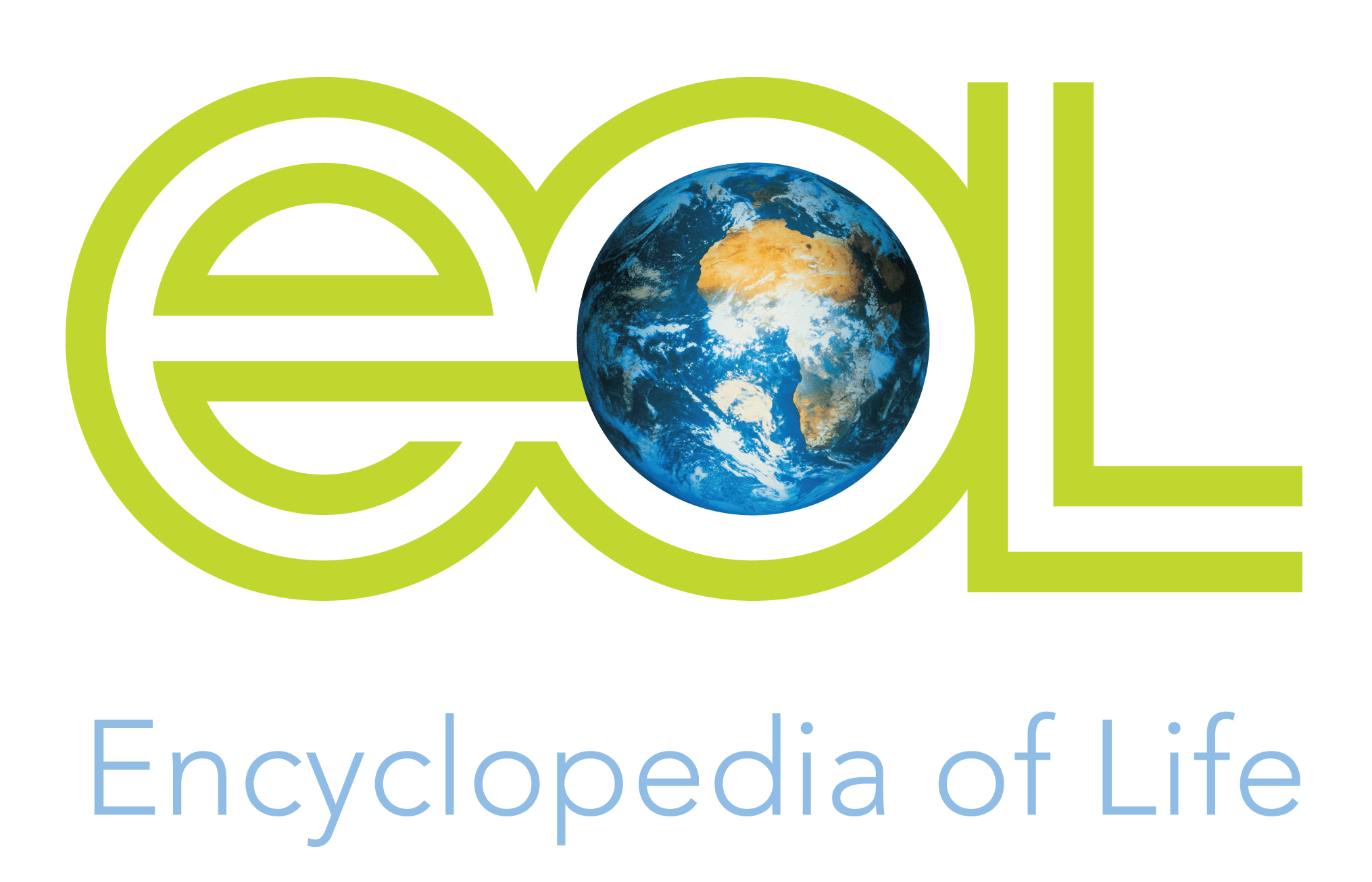diagnostics
51-90 cm; 5-5.5 kg. The world's third largest penguin, although body size is variable across its range. Males are larger than females. Face, head and back black. Flippers have a narrow white trailing edge on the upper surface and a dark tip on the underside. Tail is long and black. Conspicuous, but variable, white ear-patches above eyes, typically meeting across the crown. Variable amounts of white filoplumes are present on the head. The bill is bright red-orange with black along the upper mandible and at the tip. Eye brown. Feet bright orange with black nails. Juveniles are similarly marked except for greyer eyes and lack of distinct white ear patches and filoplumes (Ryan 2005h, Lynch 2013).
trophic
At the northern reaches of their range, Gentoo Penguins breed in small colonies that have nests well spaced out. Nests are made with grasses, especially Poa cooki and Cotula plumbens as well as mosses (BM Dyer pers. obs.). Clutches have two eggs and incubation is by both parents. Breeding at Marion Island commences in mid-winter and is mostly complete by the end of December with laying being recorded from early June until early November (Crawford et al. 2003). At Marion Island, breeding success has shown substantial variability, ranging from nearly complete failure to an average production of almost one chick per pair (Crawford et al. 2003, 2009). Late arrivals risk breeding failure because eggs and small chicks are vulnerable to Subantarctic Skuas Stercorarius antarcticus that return to the island in late August (Crawford et al. 2003). Re-layers may be more successful because after Eudyptes penguins arrive to breed, skuas feed on their eggs. Gentoo Penguins can breed as early as two years old and most are breeding by 3-4 years (Marchant and Higgins 1990). Relatively large annual fluctuations in numbers breeding at a given site are probably related to absenteeism from breeding among mature individuals and delayed recruitment of first-time breeders (Croxall and Rothery 1995, Lynch 2013). At the Crozet Islands, Gentoo Penguins breeding late in one year, often either did not breed or had their breeding delayed in the following year (Bost and Jouventin 1990). Gentoo Penguins forage inshore around their breeding colonies, feeding predominantly on crustaceans, fish, and squid, but with considerable variation in the diet between years and among the different localities at which they breed (Lynch 2013). In September and October 1984 at Marion Island, 82% of all foraging trips of Gentoo Penguins were less than 40 km (Adams and Wilson 1987). In 1984-1985 at Marion Island, fish accounted for 53% of their diet by mass (juvenile Nototheniidae 39%, Myctophidae 8%), crustaceans 45% (decapod shrimp Nauticaris marionis 26%, pelagic euphausiid Euphausia vallentini 19%) and cephalopods 2% (mostly octopods) (Adams and Wilson 1987). The occurrence of demersal and benthic prey in the diet of Gentoo Penguins at Marion Island suggests that they feed close to the seabed (Adams and Wilson 1987).

